Diego Rodríguez de Silva y Velázquez
1599-1660 Spain/Baroque
Click an Image to Enlarge
Philip IV of Spain
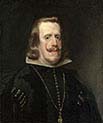
Count-Duke

Christ Crucified

Surrender of Breda

Waterselle

Las Meninas
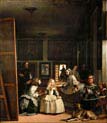
Don Baltsar Carlos

A Lady

Fernando

Queen Dona

Aesop

Abbess Jeronima

Prince Baltasar

Philip the Fourth

Arachne

Democritus

Boffoon Pablo

Breakfast

Dona Antonia

Head of a Stag

Infanta Margarita

Infanta Margarita

Infanta Maria Teresa
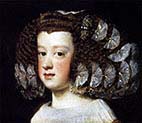
Infanta Maria

Infante Felipe

Isabella of Bourbon

Juan Couple
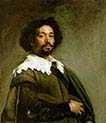
Lady with a Fan

Mars God of War

Joseph's Coat

Martinez Montanes

Menippos

Pedro de Barberana

Peasants

Mercury and Argus

Old Woman

Philip III

Philip IV

Philip IV

Venus at her Mirror

Pope Innocent X

Prince Balthasar

Prince Balthasar

Queen Isabel

Queen Margarita
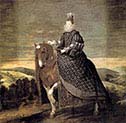
Saint Ildefonso

Seated Jester

Sibyl

St Anthony Abbot

Head of Apollo

Supper at Emmaus

Adoration

The Coronation

The Fable

The Forge of Vulcan
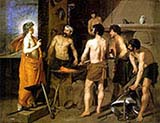
Jester Don Juan

The Triumph

Villa Medici Grotto
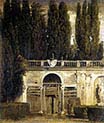
Dwarf Francisco

Christ in the House
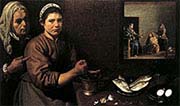
Duke of
Olivares

Count Duke

Prince Baltasar
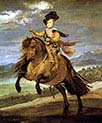
Queen Isabe

White Horse

kitchen maid
